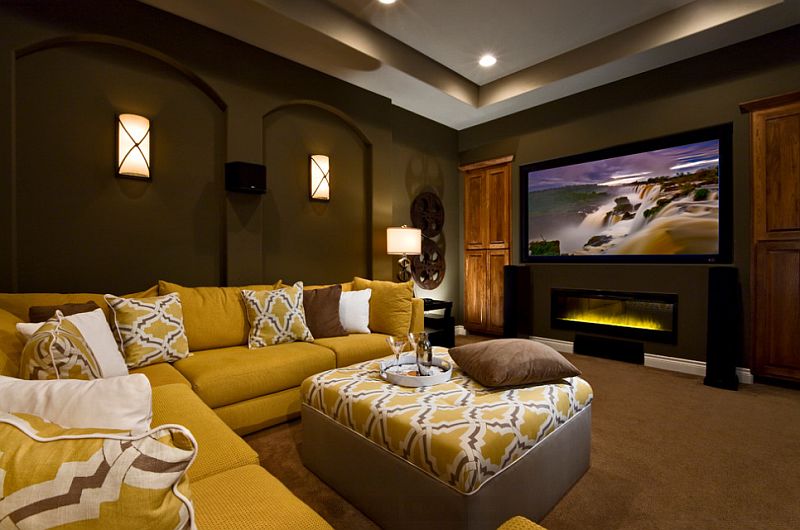Sconces, both functional and decorative, have adorned walls for centuries, adding a touch of sophistication and practicality to interior spaces. This article explores the history, versatility, design trends, and practical considerations of sconces, highlighting their enduring appeal in modern interior design.
Origins and Historical Significance
Sconces trace their origins to ancient civilizations, where they served as wall-mounted light fixtures using candles or oil lamps. The word “sconce” itself derives from the Latin absconsa, meaning hidden or concealed, reflecting their early purpose of providing ambient lighting in dark interiors.
Throughout history, sconces evolved in style and function, from simple torch holders in medieval castles to ornate fixtures in Baroque and Rococo palaces. In the 19th and 20th centuries, advancements in technology introduced electric sconces, further expanding their practicality and design possibilities.
Versatility in Design and Function
Modern sconces offer a wide range of design options to suit various interior styles and lighting needs:
1. Materials and Finishes: Sconces are crafted from diverse materials such as brass, bronze, glass, crystal, and ceramic. Finishes range from polished metals to matte textures and hand-painted details, allowing for customization to complement any décor theme.
2. Styles: Sconces come in numerous styles, including traditional, contemporary, industrial, and minimalist designs. Whether adorned with intricate patterns or showcasing sleek lines, sconces can serve as focal points or subtle accents in a room.
3. Functionality: Sconces provide ambient, task, or accent lighting depending on their placement and design. They can illuminate hallways, flank mirrors or artwork, or serve as bedside reading lights, enhancing both functionality and visual appeal.
Practical Considerations
When incorporating sconces into interior design, several practical considerations ensure optimal placement and functionality:
1. Height and Placement: Install sconces at eye level (typically around 60-66 inches from the floor) for optimal illumination and visual balance. Consider the room’s layout and purpose when determining placement, ensuring sconces complement other light sources.
2. Lighting Effects: Sconces can create dramatic lighting effects through diffused or directional light. Frosted glass shades or fabric diffusers soften the light, while adjustable arms or swivel mounts allow for customized lighting angles.
3. Wiring and Installation: Electric sconces require professional installation to ensure safety and proper wiring. Consider battery-operated or plug-in options for flexibility in placement, especially in spaces where rewiring is challenging.
Design Trends in Sconces
Contemporary interior design trends often feature sconces as versatile elements that merge functionality with aesthetic appeal:
1. Minimalist Designs: Clean lines, geometric shapes, and neutral colors characterize minimalist sconces, blending seamlessly into modern interiors without overpowering other décor elements.
2. Vintage and Retro Revival: Retro-inspired sconces, reminiscent of mid-century or Art Deco designs, add nostalgic charm to eclectic or vintage-themed spaces. Brass finishes, Edison bulbs, and geometric patterns evoke a sense of timeless elegance.
3. Integrated Technology: Smart sconces equipped with dimming capabilities, motion sensors, or remote control options cater to modern lifestyles, offering convenience and energy efficiency.
Enhancing Décor with Sconces
Incorporating sconces effectively enhances the overall ambiance and functionality of interior spaces:
1. Accentuating Architectural Features: Highlight architectural details such as columns, alcoves, or moldings with strategically placed sconces. Up-lighting or down-lighting can emphasize textures and create visual interest.
2. Creating Mood Lighting: Use dimmable sconces to adjust lighting intensity according to different activities or times of day. Soft, warm lighting in living rooms or dining areas promotes relaxation and enhances social gatherings.
3. Design Cohesion: Coordinate sconces with existing furniture, fixtures, and color schemes to maintain design cohesion. Consider complementary wall art or decorative objects to create a harmonious visual flow.
Sustainability and Energy Efficiency
Advancements in LED technology have made sconces more energy-efficient than ever before. LED sconces consume less energy, have longer lifespans, and produce minimal heat compared to traditional incandescent or halogen bulbs. Choosing ENERGY STAR-rated sconces further reduces environmental impact while lowering utility costs.
Conclusion
Sconces embody timeless elegance and practicality, enriching interior spaces with their versatility in design and functionality. From their ancient origins to modern interpretations, sconces continue to captivate homeowners, designers, and architects alike. Whether used for ambient lighting, decorative accents, or task illumination, sconces play a pivotal role in enhancing décor and creating inviting atmospheres. Explore the diverse world of sconces to discover how these versatile fixtures can transform and elevate your living spaces with their enduring charm and aesthetic appeal.
